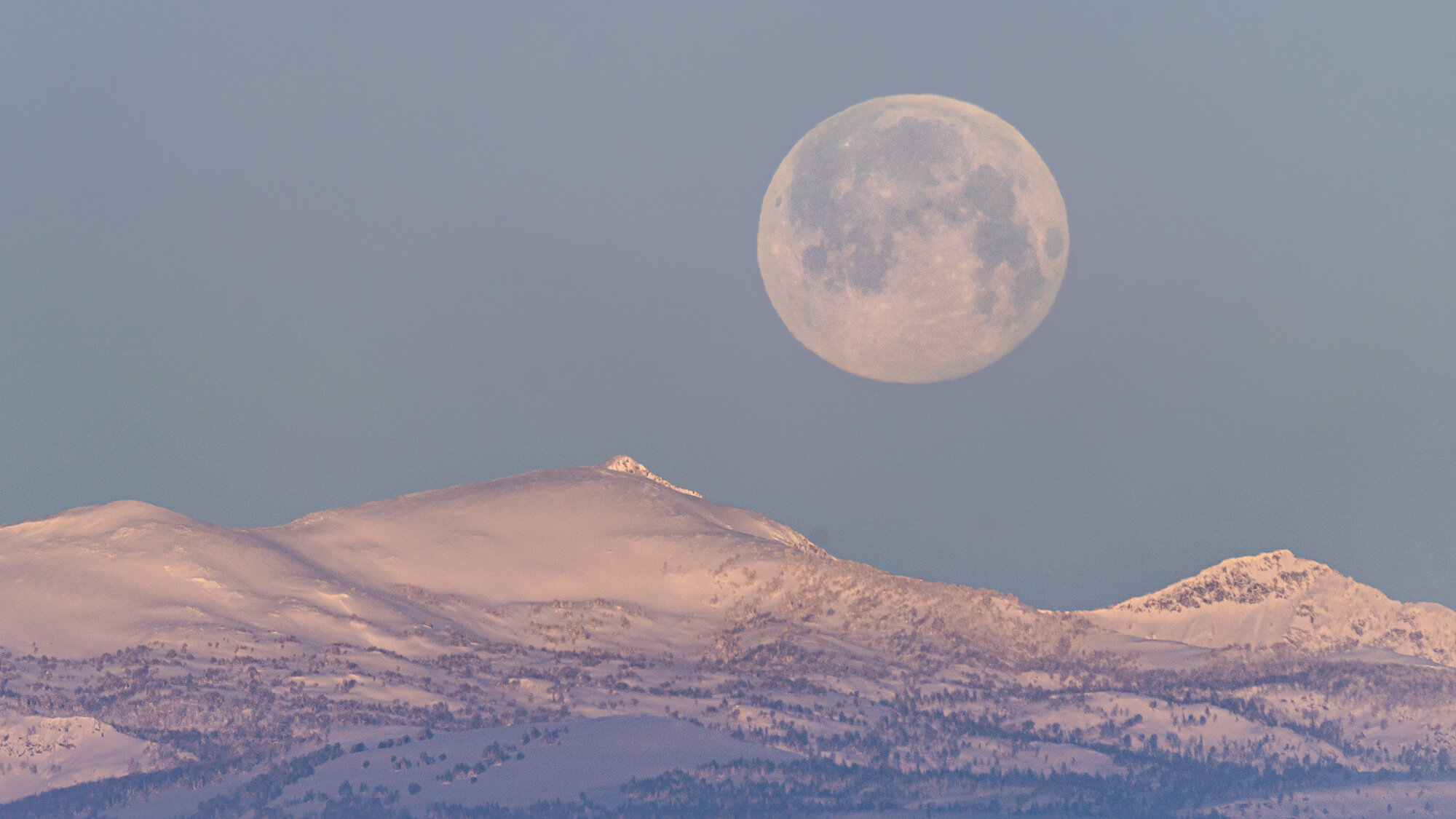 Canon finally updated the 60D today with the announcement of the Canon 70D. The headline of this new camera is the greatly improved live view auto focus.Canon claims that this will provide faster and more accurate auto focus during live view, much more similar to a camcorder, early, hands-on reports are very favorable. I am cautiously optimistic. This snazzy new AF is limited to it's usefulness, at this time there are still only the three STM lenses (18-55, 18-135 and 40mm) and the 40mm does still make some noise audible by the onboard mic. The 18-55 and 18-135 STM are silent. (Wondering which lens is right for you?)
Canon finally updated the 60D today with the announcement of the Canon 70D. The headline of this new camera is the greatly improved live view auto focus.Canon claims that this will provide faster and more accurate auto focus during live view, much more similar to a camcorder, early, hands-on reports are very favorable. I am cautiously optimistic. This snazzy new AF is limited to it's usefulness, at this time there are still only the three STM lenses (18-55, 18-135 and 40mm) and the 40mm does still make some noise audible by the onboard mic. The 18-55 and 18-135 STM are silent. (Wondering which lens is right for you?)
Additional Features of the Canon 70D
- 20.2 megapixel APS-C CMOS sensor and DIGIC 5+
- 19 point cross-type AF System and 7 fps shooting
- Dual Pixel CMOS AF
- Instant sharing and remote control with Wi-Fi
- ISO 12800 (H:25600)
- Vari-angle 7.7cm ClearView II LCD touch screen
- Intelligent viewfinder
- Full-HD movies
Body only: Price:$1,199.0070D with 18-55 STM: Price:$1,349.0070D with 18-135 STM: Price:$1,549.00Preorder the Canon 70D from Amazon(all Models). Preorder from B&H body only | with 18-55 STM | with 18-135 STMHow does it compare to the T5i? How does it compare to the 60D? How does it compare to the Nikon D7100? - I will have those thoughts and comparisons up soon.Follow me on Facebook for updates, video thoughts and reviews coming in the near future.
Full Canon Press Release for the Canon EOS 70D
London, UK, 2 July 2013 – Canon today unveils an outstanding new addition to its world-famous EOS series – the EOS 70D. Designed for aspiring enthusiast photographers, the EOS 70D is the ideal camera for anyone looking to take their photography to the next level. It combines completely new, world-first Canon imaging technology with powerful, creative and wireless sharing features – delivering a responsive, all-purpose camera ideal for capturing the moment with stunning images and Full HD video.Capture the moment with stills and Full HD moviesThe EOS 70D features a new 20.2 MP APS-C CMOS sensor, designed and manufactured by Canon. It’s the first Digital SLR in the world to feature ground-breaking Dual Pixel CMOS AF technology, which delivers smooth and accurate autofocus (AF) when shooting Full HD movies and fast AF acquisition when shooting in Live View mode. Paired with the 14-bit DIGIC 5+ processor and 19-point all cross-type AF System, the EOS 70D captures incredible, full resolution images at up to 7 frames per second, with up to 65 JPEG or 16 RAW images in a single burst*. Additionally, a native ISO range of ISO 100-12800 enables photographers to shoot in lower light conditions and use faster shutter speeds whilst retaining high image quality.“I was incredibly impressed with how many new technologies the EOS 70D packs into one body, and how versatile it is,” said Brutus Östling, Canon Ambassador. “The EOS 70D is the perfect camera for anyone that wants to develop their photography skills. Not only is it suited to shooting people, landscapes and action easily and in outstanding quality, but also filming subjects in Full HD with focus speeds I never thought would be possible. The camera proved itself in the most challenging of circumstances, and had a range of new-generation technologies to comfortably solve any test I threw at it – especially with the new Dual Pixel CMOS AF technology. It really takes DSLR shooting and filmmaking to a whole new level.”Canon’s new Dual Pixel CMOS AF provides swift AF performance when shooting in Live View mode and smooth accurate focus for Full HD movies. It makes it easy for users to take their next step with movies, enabling them to keep moving subjects in sharp focus and create professional-looking pull-focus effects. The technology utilises advanced CMOS architecture, allowing two photodiodes to be mounted within each pixel, both of which can be read independently to achieve autofocus, or together for image capture, with maximum image quality at all times.An advanced AF system for stills includes 19 cross-type AF points spread across the frame, providing high speed, accurate AF – ideal for tracking sports and wildlife subjects as they move within the frame. The AF system is customisable, allowing photographers to adapt to the subject they’re shooting. AF points can be used individually, together in small groups, or as a wide active area for more unpredictable subjects. A dedicated AF area selection button, positioned conveniently next to the shutter release, enables quick switching between modes, without having to take the camera away from the eye.Expertly designed for professional controlThe EOS 70D’s powerful specification is packed into an expertly-engineered body that’s designed for comfort and swift operation. The Intelligent Viewfinder, with 98 per cent frame coverage and 0.95x magnification, allows photographers to comfortably frame their images and visualise settings via the electronic overlay. Conveniently-placed controls provide instant access to the most frequently used settings, such as ISO, AF mode selection and metering, so users can quickly change settings and concentrate on capturing the moment.A 7.7cm (3.0”) Vari-angle Clear View LCD II Touch screen with a sharp 1,040k dot resolution is ideal for video shooting, or composing images from unusual and creative angles. The screen is a capacitive type, which supports a series of multi-touch gestures including swiping and pinch-zooming – perfect for navigating menus, amending settings or flicking through images.Clever connectivity for easy control and instant sharingThe EOS 70D is the latest EOS model to feature integrated Wi-Fi, providing the freedom to remotely control the camera, as well as share images. Using Wi-Fi connectivity, users can connect to the EOS Remote app and control a wide range of image settings, including ISO and exposure, as well as focus and release the shutter. Photographers can also remotely use Live View mode, as well as review and rate their images.Instant creativity unleashedThe EOS 70D features a host of creative modes to make capturing unique images easy. In-camera HDR removes the challenges of shooting in tricky, high contrast situations, merging three exposures into one that captures more detail in both the shadow and highlight areas. With multiple-exposure mode, photographers can shoot and combine up to nine exposures into a single image, or use a range of Creative Filters to instantly change the style and look of their shot.Experimenting with creative off-camera flash is easy, thanks to the Integrated Speedlite transmitter, which provides in-camera control of multiple Canon Speedlite EX flash units.Creative Full HD MoviesAlongside beautiful stills, the EOS 70D allows photographers to create high quality movies with ease. Full HD (1920 x 1080p) resolution video can be captured with a choice of selectable frame rates, including 30, 25 or 24fps, and 60 and 50fps at 720p, and a range of compression options for post-editing and sharing. Thanks to new Dual Pixel CMOS AF, Movie Servo AF mode tracks subjects as they move, or even as shots are recomposed, ensuring they’re always in focus. Alternatively, users can select different focus areas over 80 per cent of the frame** simply by tapping the touch-screen, even when recording – ensuring that movies stay sharp and clear if a subject moves or the user changes the composition of a shot.Videographers can also enjoy stereo sound using the internal microphone, or enhance audio with the in-built external microphone input terminal. Full control over settings such as aperture and ISO is also possible within manual mode, giving users greater freedom as their skills develop.EOS 70D – key features:
- 20.2 megapixel APS-C CMOS sensor and DIGIC 5+
- 19 point cross-type AF System and 7 fps shooting
- Dual Pixel CMOS AF
- Instant sharing and remote control with Wi-Fi
- ISO 12800 (H:25600)
- Vari-angle 7.7cm ClearView II LCD touch screen
- Intelligent viewfinder
- Full-HD movies
- *UHS-I card required for maximum burst duration
**Dual Pixel CMOS AF is possible over 80 per cent of the width and height of the Live View frame



 Canon finally updated the 60D today with the announcement of the Canon 70D. The headline of this new camera is the greatly improved live view auto focus.Canon claims that this will provide faster and more accurate auto focus during live view, much more similar to a camcorder, early, hands-on reports are very favorable. I am cautiously optimistic. This snazzy new AF is limited to it's usefulness, at this time there are still only the three STM lenses (18-55, 18-135 and 40mm) and the 40mm does still make some noise audible by the onboard mic. The 18-55 and 18-135 STM are silent. (
Canon finally updated the 60D today with the announcement of the Canon 70D. The headline of this new camera is the greatly improved live view auto focus.Canon claims that this will provide faster and more accurate auto focus during live view, much more similar to a camcorder, early, hands-on reports are very favorable. I am cautiously optimistic. This snazzy new AF is limited to it's usefulness, at this time there are still only the three STM lenses (18-55, 18-135 and 40mm) and the 40mm does still make some noise audible by the onboard mic. The 18-55 and 18-135 STM are silent. (



 (
(











 [/himage]
[/himage]
 Gear Needed:Camera that allows shutter speed control and a tripod.Recommended Gear:
Gear Needed:Camera that allows shutter speed control and a tripod.Recommended Gear: Pick the bag you want to try for the next 30 days - free shipping till the end of this Month if you click through the link below and a free gift. T4i shooters looking for a bag for your Camera and a spare lens? I recommend the Retrospective 5 or 7.
Pick the bag you want to try for the next 30 days - free shipping till the end of this Month if you click through the link below and a free gift. T4i shooters looking for a bag for your Camera and a spare lens? I recommend the Retrospective 5 or 7. Window's users feeling left out - I have been playing around with
Window's users feeling left out - I have been playing around with 


